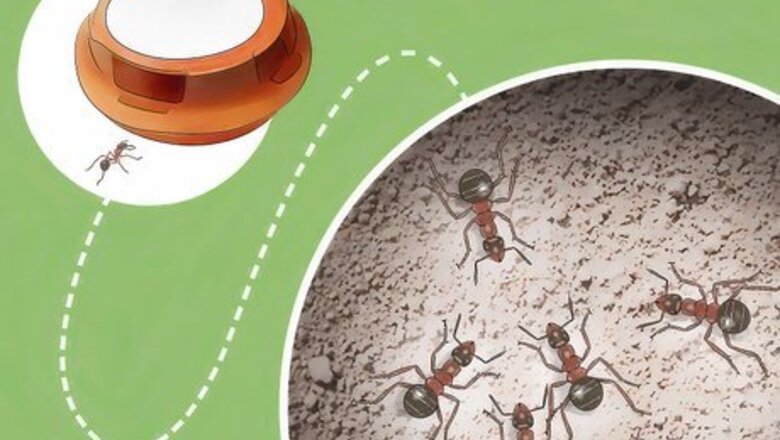
views
Using Ant Baits
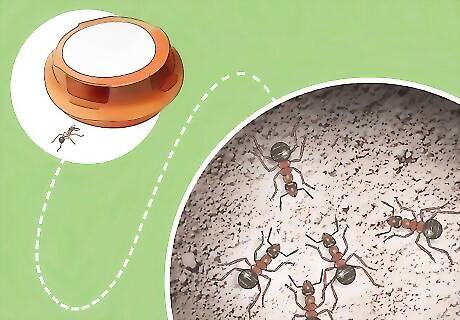
Use this method as the first line of defense. Baits are the most effective way to kill ants because they take the poison back to their nests.
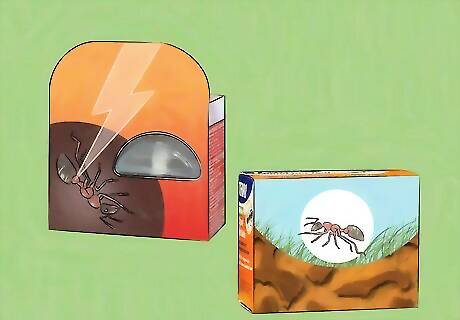
Buy a range of ant baits. You need both sugary baits and protein/grease baits to draw out different types of ants.
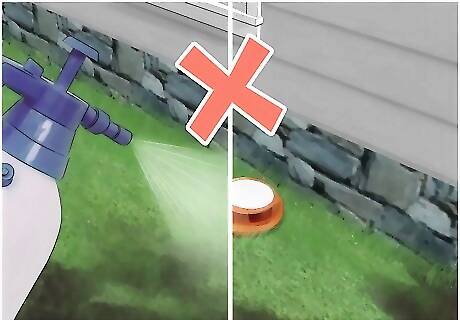
Don't place them near where you've sprayed insecticide. Baits draw ants in, so they won't be effective if you place them in an area with a chemical that repels them.

Pick a type of bait station. You can use stakes or plastic bait containers. Some are one-time use, while others can be refilled. Refillable ones can be useful if you have a continual problem.

Place the baits. Choose places near anthills and trails. Keep them away from areas where pets or kids will be, as they are poisonous. Space them about 10 to 20 feet (3 to 6 m) away from each other.
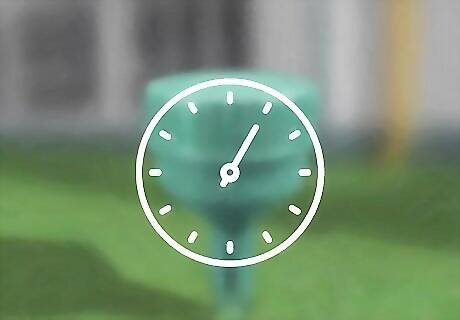
Wait patiently. These types of baits take awhile to work, as the ants must carry them throughout their nests.
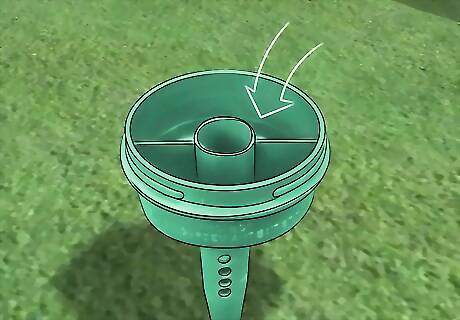
Refill traps as needed. As they get low, add more insecticide to keep the ants well-fed with pesticide.
Pouring Boiling Water on Anthills

Know when to use this method. Killing anthills with boiling water is effective, but it takes a great deal of water and labor. Use this method if you only have a few anthills. This method is more environmentally friendly than other methods, so choose this one if that's a concern for you.
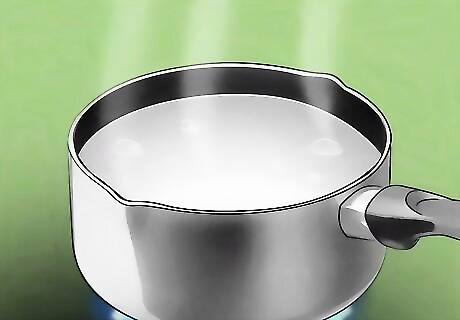
Boil water. You will need a large amount of water for each anthill. Boil a large soup pot of water per anthill.

Remove the pot from the stove. Using protective gloves, remove the pot from the stove.
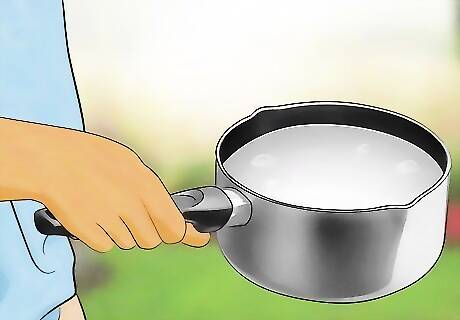
Take the water outside. Find the nearest anthill you want to kill.
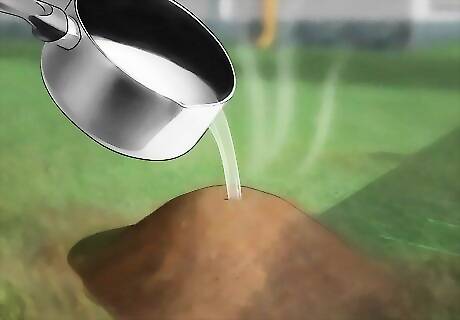
Pour the water on the anthill. Be careful, as both the water and steam can burn you.
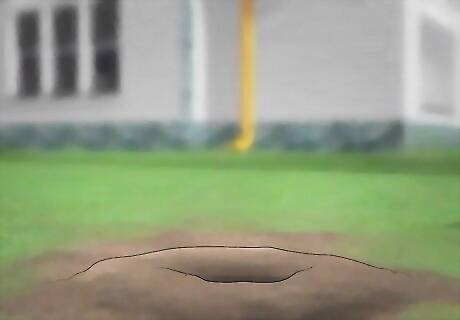
Avoid the surrounding area. The boiling water also kills grass and other plants. Be careful to keep it just in the anthill.
Applying an Anthill Treatment
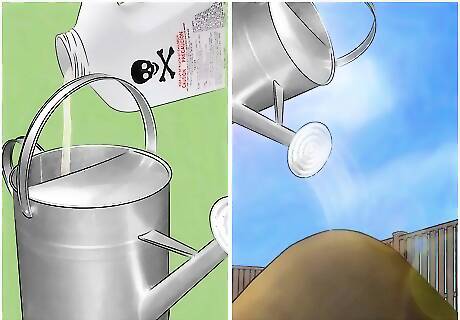
Know when to use this method. Because it takes a lot of work, only use it if you have a few anthills.
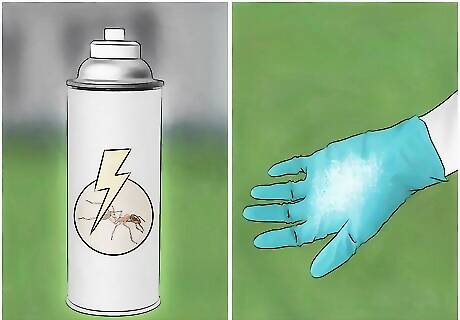
Choose a product. You have options such as liquid drenches, aerosols, or solids. All are effective if you use them right.
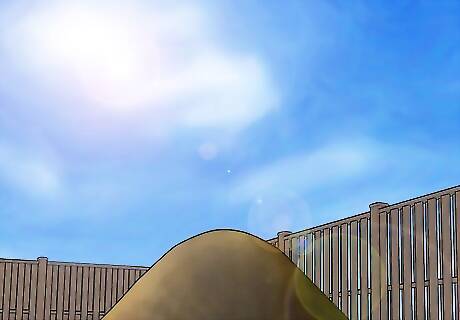
Pick a nice day. Ants like good weather, and they will be closer to the top of the anthill. The products only kill on contact.
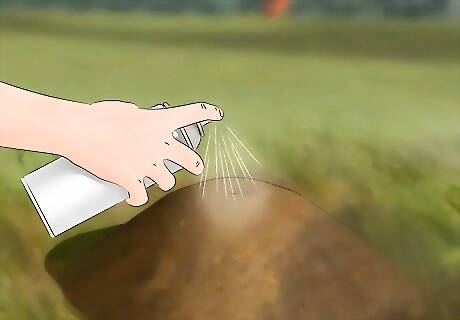
Apply as directed. Water solids such as granules or powder to push them into the mound. You also inject aerosols into the ground and pour liquids.
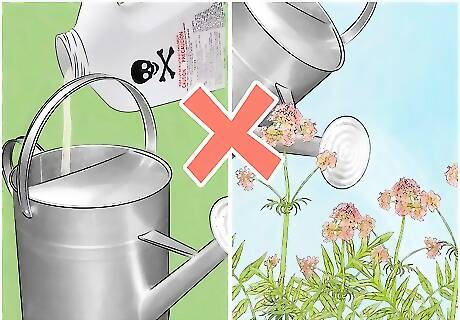
Do not reuse containers for other purposes. For instance, if you add insecticide to a watering can, don't use that for watering later.
Using Insecticide on the Yard
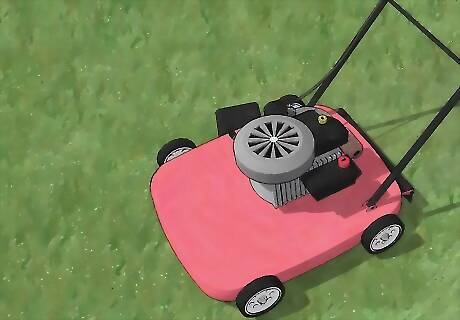
Mow the yard. The insecticide will be more effective if it can reach the soil.
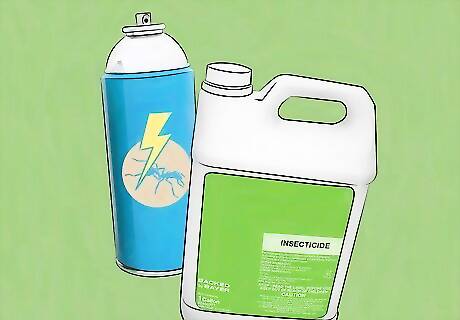
Choose an insecticide. Your insecticide should contain bifenthrin, and you can use either granules or a spray. Also, check to make sure your insecticide is meant for the outdoors.
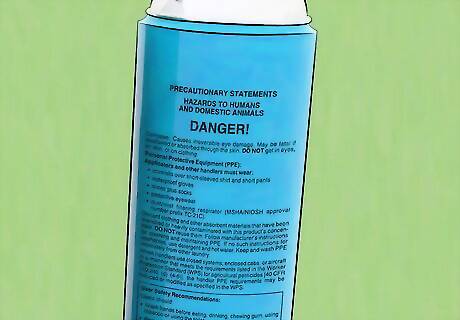
Read the manufacturer's instructions. Insecticides can be dangerous, so follow any directions on the bottle.
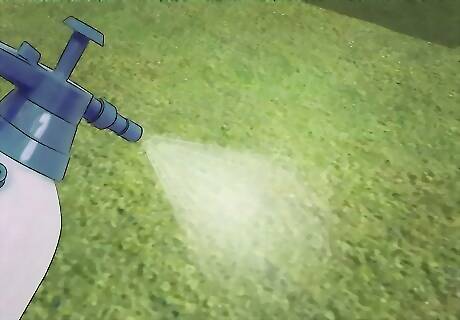
Spray or spread the yard. Spray near dawn or in the early evening. More ants will be out during that time. For granules, use push spreader. You'll need to water the lawn after applying the treatment.
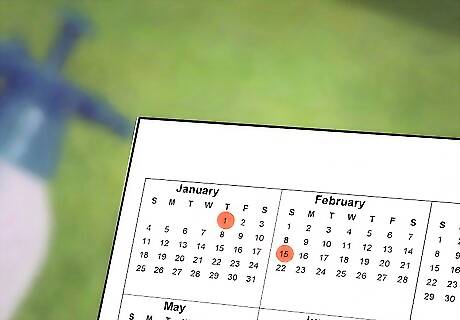
Spray again in a month and a half. If you still have active ants, you can spray the yard again. Some granule treatments, such as fipronil insecticides, last for a year.
Checking the Perimeter
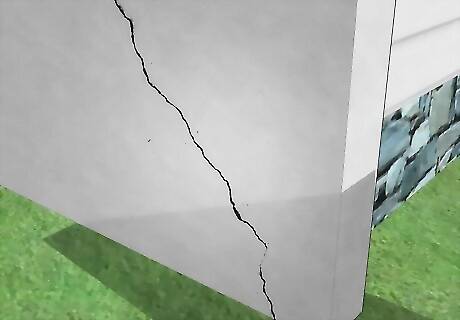
Take a tour of your home. Look for cracks in the walls, windows, and doors. Walk around the outside of your home.
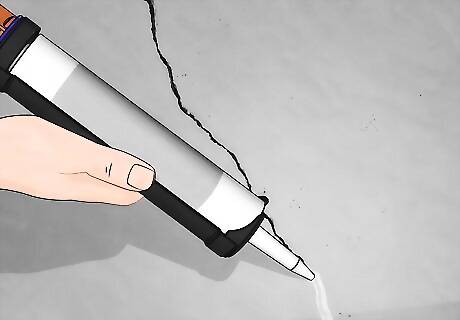
Fill any cracks with caulk. Ants can enter in small areas, so fill as many as you can find. Use a silcone-based caulk meant for the outdoors. It must hold up against the weather. Also, don't forget you'll need a caulking gun. Don't cut the tube too far down. You need to cut it low enough to release enough caulk but not so far that it globs all over the place. Apply even pressure, and fill in the gap with caulk. With a glove on, smooth the caulk down.
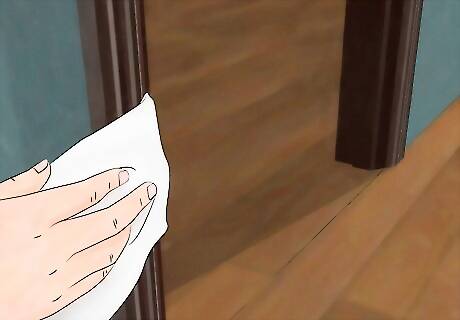
Clean the borders of doors with a detergent. You need to remove the smell that ants leave behind, as it is the trail they follow.
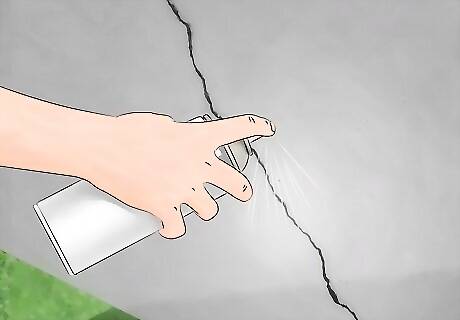
Spray an insecticide around any cracks. Don't forget to spray under the doors.
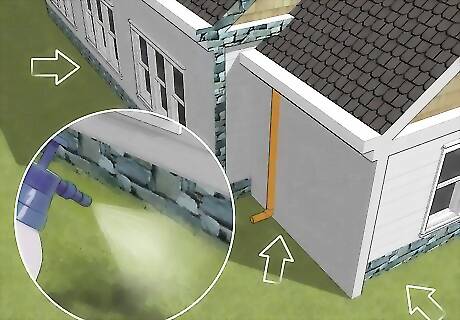
Spray the outside of the house. Go around the outside of the house, spraying insecticide as you go. Don't forget to spray around the windows, as well.



















Comments
0 comment